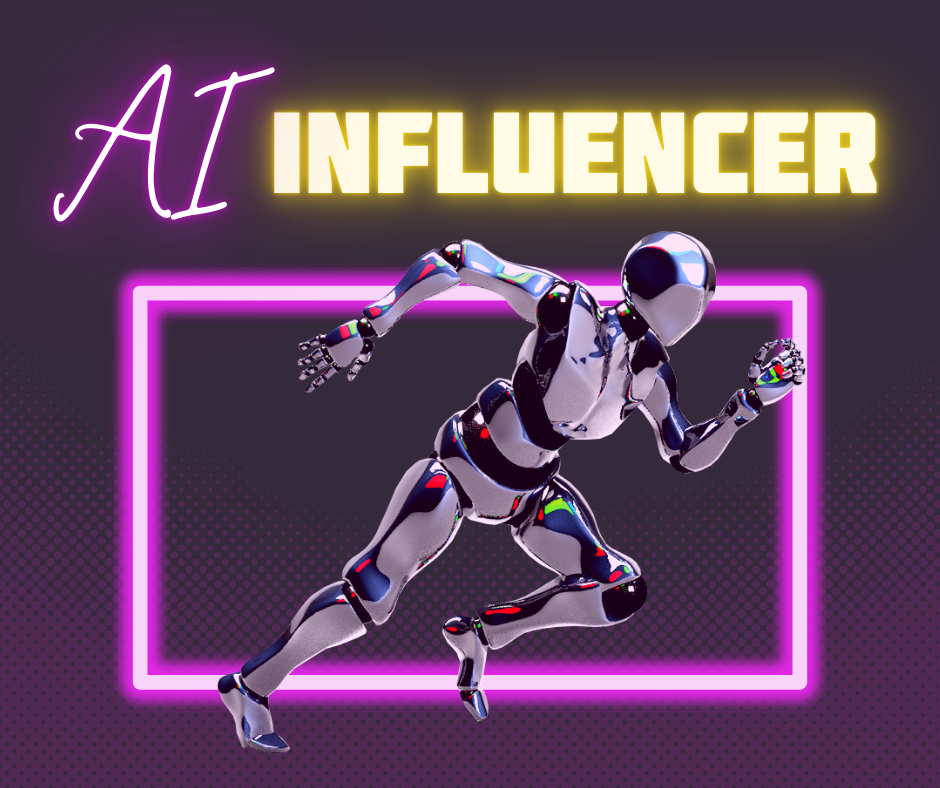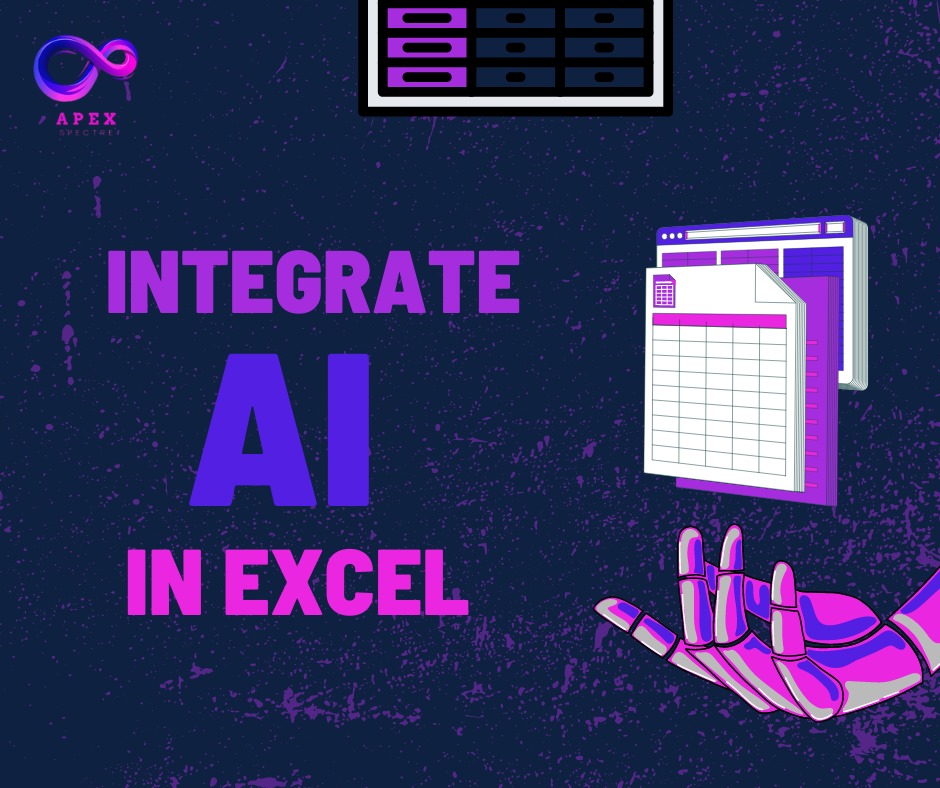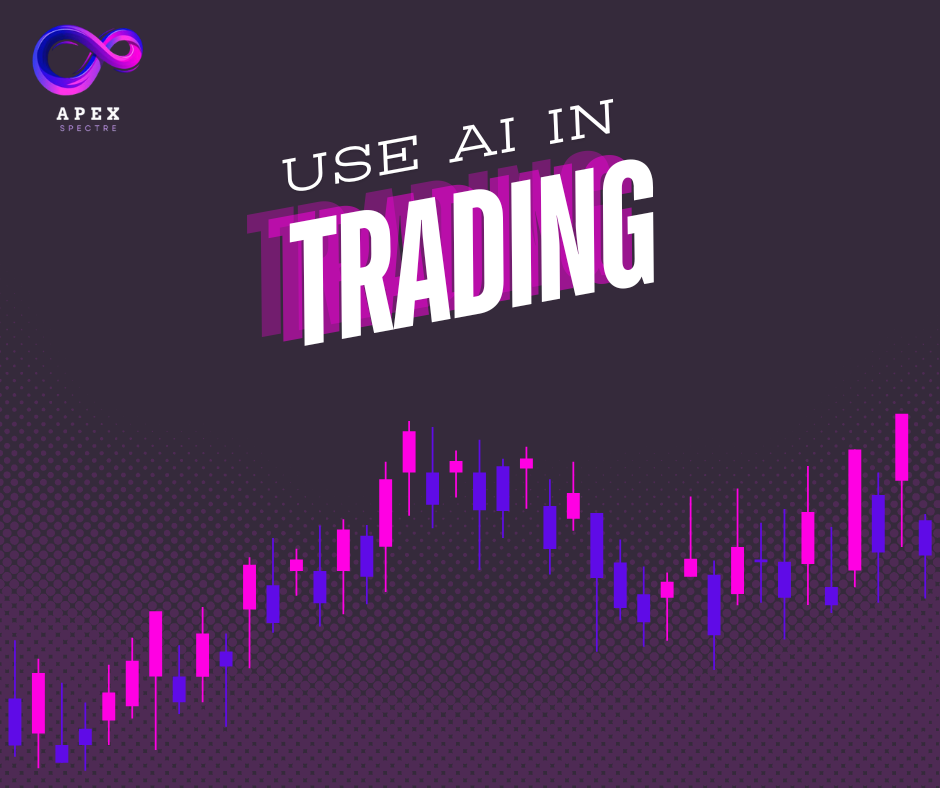Introduction to AI Influencers
AI influencers are virtual personas powered by artificial intelligence. They are changing the way brands engage with audiences online. These virtual characters can interact with people, create content, and even build a loyal following. Their rise shows how technology can shape marketing and entertainment. But how do you create an AI influencer? This guide breaks it down.
What is an AI Influencer?
An AI influencer is a computer-generated personality that interacts with people online. Unlike human influencers, they are entirely digital. They may look like real people or have a fictional appearance. These influencers are programmed to communicate through social media, videos, and other platforms. Their activities include sharing posts, responding to followers, and representing brands.
The unique appeal of AI influencers lies in their creativity and adaptability. They can operate without the limitations of human schedules. Companies can also customize their personalities to match brand values. This makes AI influencers a powerful tool for marketing.
Why Create an AI Influencer?
The popularity of AI influencers is growing for several reasons. They offer cost-effective and scalable solutions for engaging with audiences. Unlike human influencers, they don’t demand high fees or face risks like scandals. AI influencers can also connect with global audiences without language barriers. Their ability to provide personalized experiences helps them stand out.
Brands can use AI influencers to target specific demographics. For instance, a fashion brand can create a stylish virtual persona to showcase new trends. This increases the brand’s reach while keeping marketing strategies innovative.

Steps to Create an AI Influencer
Step 1: Define Your Purpose
Before you start, decide the role your AI influencer will play. Will they promote products, educate, or entertain? Defining your goals ensures a clear direction.
Step 2: Design the Persona
Creating a virtual personality starts with design. Choose a visual appearance that aligns with your brand. Decide whether they will look realistic or cartoonish. Tools like Blender or Maya can help with 3D modeling.
Next, focus on their personality. Develop traits, interests, and even quirks. This makes the influencer relatable. For example, a fitness-focused AI influencer could have an energetic and motivational tone.
Step 3: Build AI Capabilities
Use AI tools to power your influencer. Incorporate technologies like natural language processing (NLP) for conversations. Machine learning can help them improve interactions over time. Platforms like OpenAI and Google AI offer APIs for these features.
Step 4: Content Creation
AI influencers need engaging content to attract followers. Use AI tools for generating text, images, and videos. Tools like MidJourney for visuals and ChatGPT for captions can be useful. Plan a content schedule to keep posts consistent.
Step 5: Social Media Integration
Once your influencer is ready, launch them on social media platforms. Platforms like Instagram, TikTok, or YouTube work best for engaging audiences. Use analytics tools to monitor performance and improve content strategies.
Challenges in Building an AI Influencer
Creating an AI influencer comes with challenges. Developing lifelike visuals and realistic conversations can be complex. It requires both technical skills and creativity. Ensuring ethical use is another key factor. Transparency about the AI’s nature builds trust with audiences.
Cost is another consideration. Advanced tools and software require investment. However, the potential long-term benefits can outweigh the initial expenses.
AI Influencer Use Cases
AI influencers can fit into various industries. In fashion, they can model clothes and showcase trends. In gaming, they can engage with players and promote new releases. Education sectors can use AI influencers to teach and share knowledge. This versatility makes them a valuable asset for businesses.
Comparison: AI Influencers vs. Human Influencers
| Feature | AI Influencers | Human Influencers |
|---|---|---|
| Availability | 24/7 | Limited |
| Cost | Scalable | Expensive |
| Relatability | Programmed | Authentic |
| Risk of Controversy | Minimal | High |
| Customization | Fully customizable | Limited |
Future of AI Influencers
The future of AI influencers looks promising. As technology evolves, they will become more realistic and engaging. Their ability to use data-driven insights will make them even more effective. Brands are likely to invest more in AI influencers to stay competitive.
FAQs About Creating an AI Influencer
How much does it cost to create an AI influencer?
The cost varies depending on tools and complexity. Basic models can start from a few thousand dollars, while advanced ones may cost significantly more.
Can AI influencers replace human influencers?
AI influencers complement human influencers but may not fully replace them. They excel in scalability and customization, but human authenticity remains unmatched.
What tools are needed to create an AI influencer?
You’ll need design tools like Blender, AI platforms like OpenAI, and social media analytics tools.
Are AI influencers ethical?
Ethical use depends on transparency. Clearly stating that the influencer is AI-built helps maintain trust.
How can brands benefit from AI influencers?
Brands can benefit by using AI influencers to target audiences, reduce costs, and create innovative campaigns.
With the right strategy and tools, learning how to create an AI influencer can revolutionize your approach to marketing. AI influencers offer a fresh, innovative way to engage audiences while reducing costs and risks.



